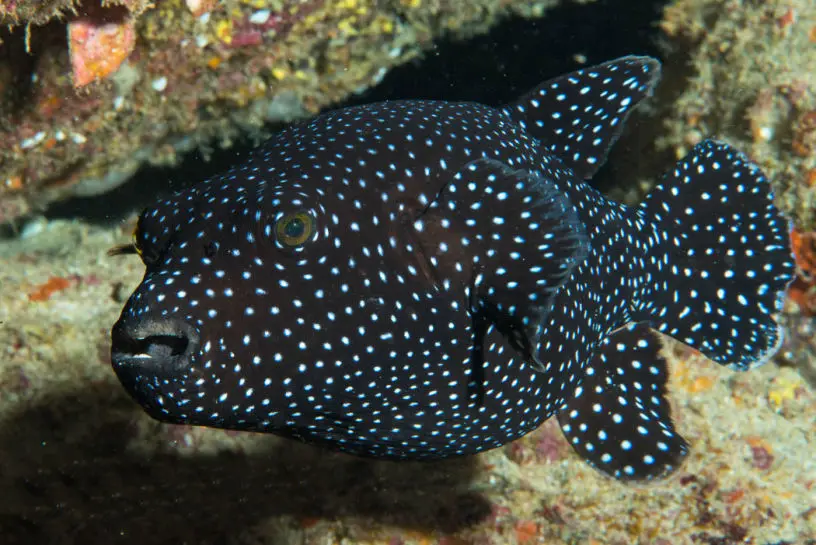
10 Fascinating Facts About Pufferfish in the Sea of Cortez
The Sea of Cortez—Jacques Cousteau’s “Aquarium of the World”—is full of charismatic marine life, but few creatures are as quirky, captivating, and outright surprising as the pufferfish. These small, slow-moving fish hide an impressive suite of defenses, curious behaviors, and ecological secrets. Here are ten fascinating insights into the pufferfish you might encounter in the waters of Baja.
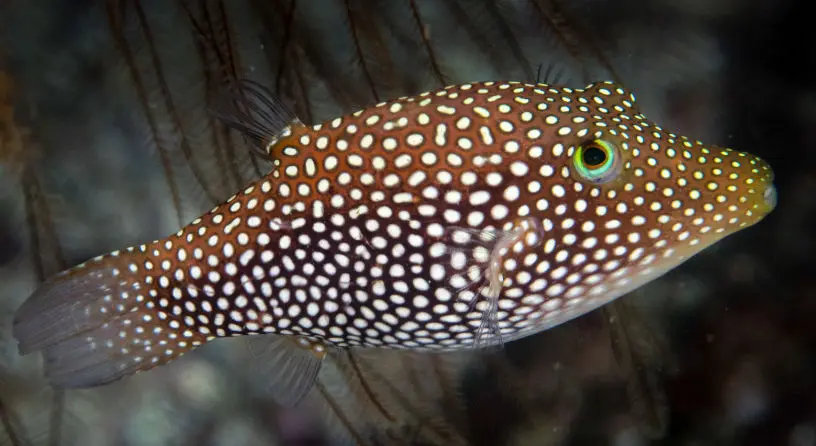
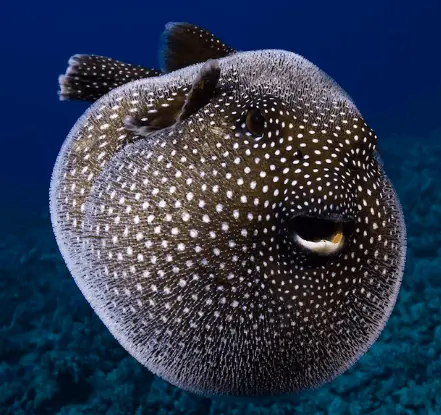
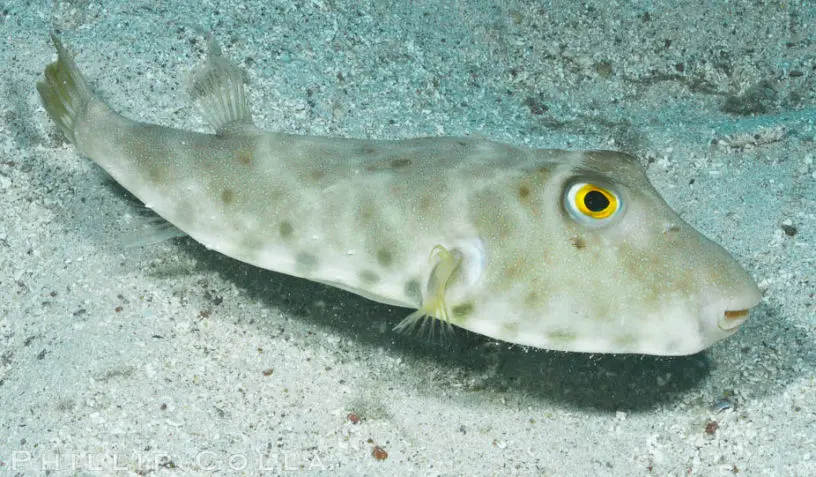

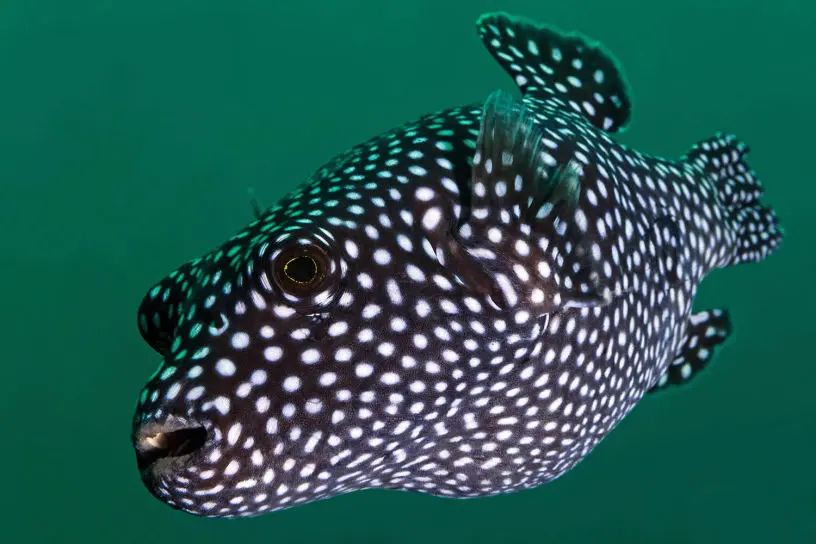
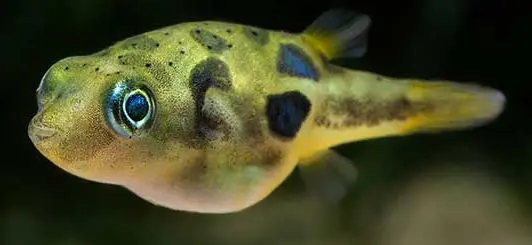



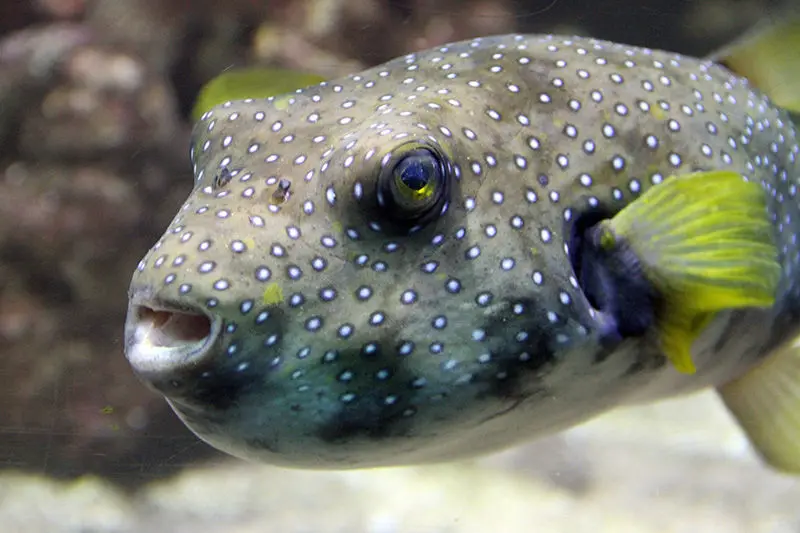
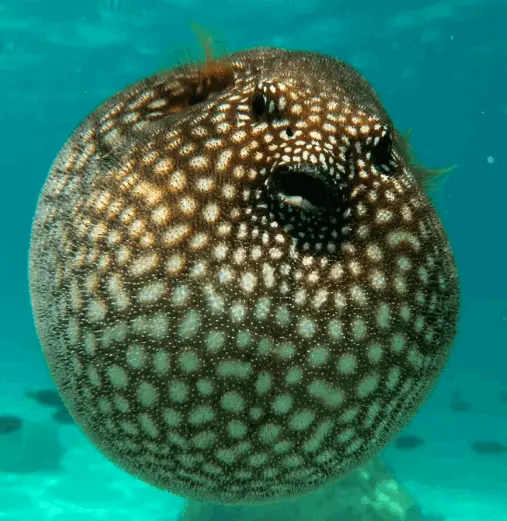
Follow Us